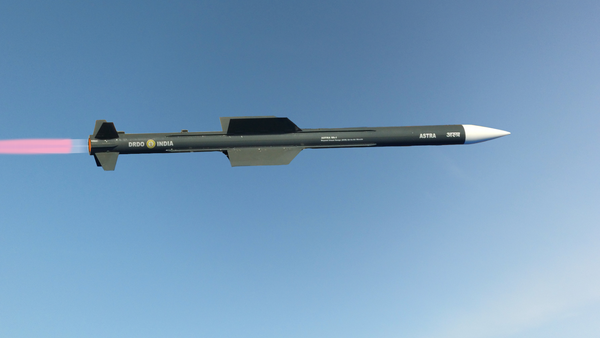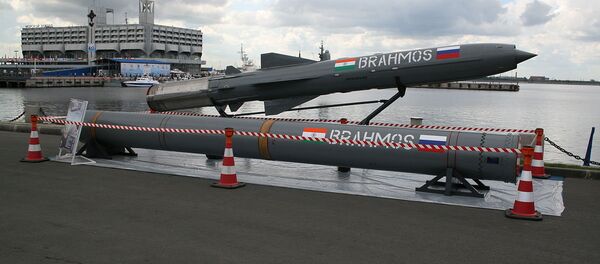New Delhi (Sputnik) – India's new surface-to-air missile is powered by Solid Fuel Ducted Ramjet (SFDR) technology, which was jointly developed by India and Russia. The defensive weapon achieved a speed of Mach 3 during its first test flight, sources in India's Ministry of Defense told Sputnik. The missile, which is viewed as the Indian version of the French Meteor, was launched from the Integrated Test Range facility off the coast of Odhisha.
READ MORE: India Successfully Tests Indigenous Engine Meant to Power UAVs in the Himalayas
"It was a booster phase test of the missile and the mission was a major milestone for the strategic missile program. The nozzle, less booster, and SFDR was tested successfully," a defense source told Sputnik.
"The new technology will help both surface-to-air and air-to-air missiles perform better and enhance their strike range, making the weapons more lethal. Now India can have the fastest long-range missiles in the two categories, providing full-fledged and multi-layered aerial protection from hostile attacks," an official told the New Indian Express.
READ MORE: India's Homegrown Anti-Tank Guided Missile Clears Final Trial
The present lot of missiles, which use a booster/sustainer configuration with solid or liquid propellants, have limitations against maneuvering targets, since conventional missiles, at the terminal stage, can not provide enough energy to maintain their speed in order to hit the targets. SFDR technology will exceptionally enhance endgame maneuverability at the terminal stage when the seeker is locked onto a target.





